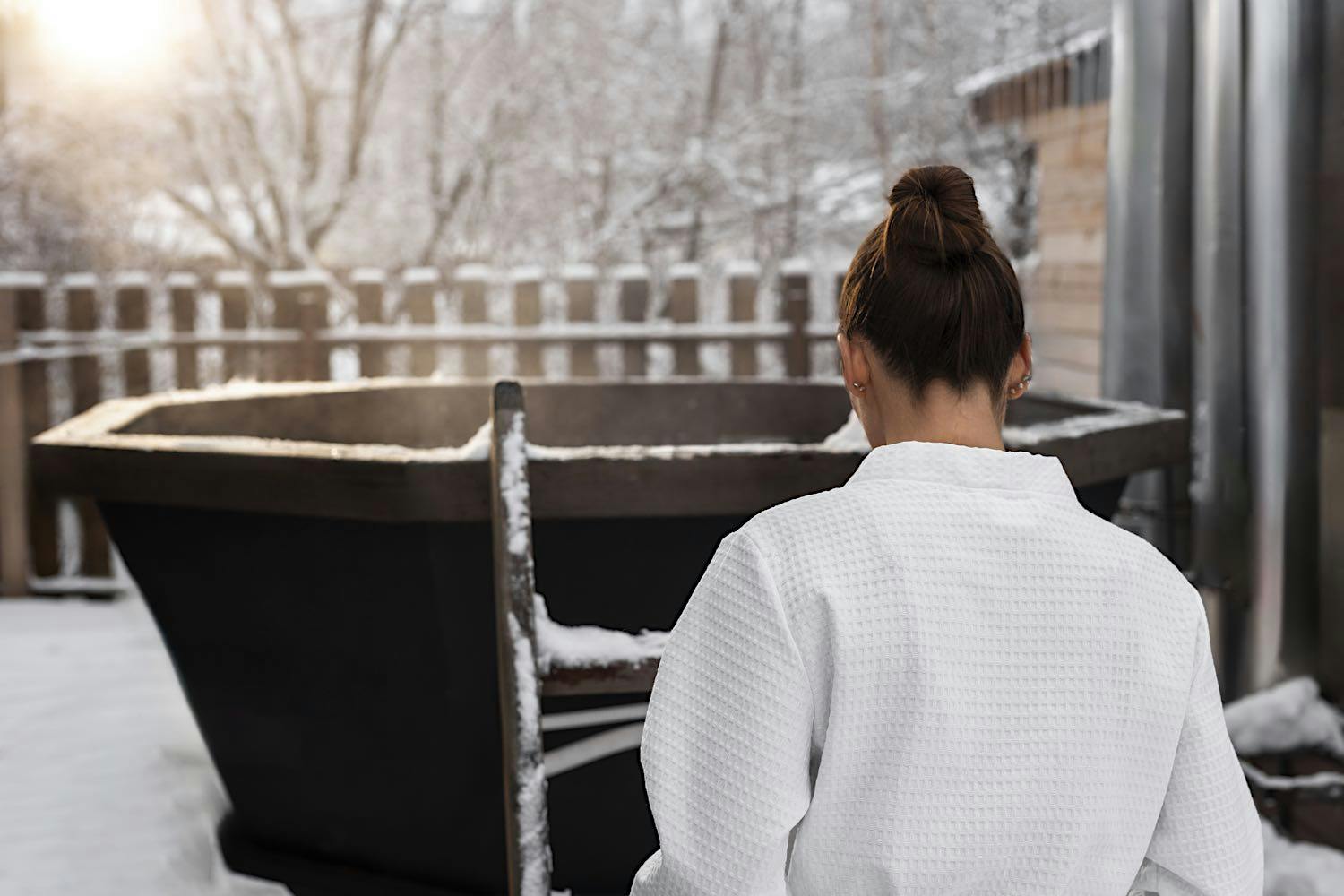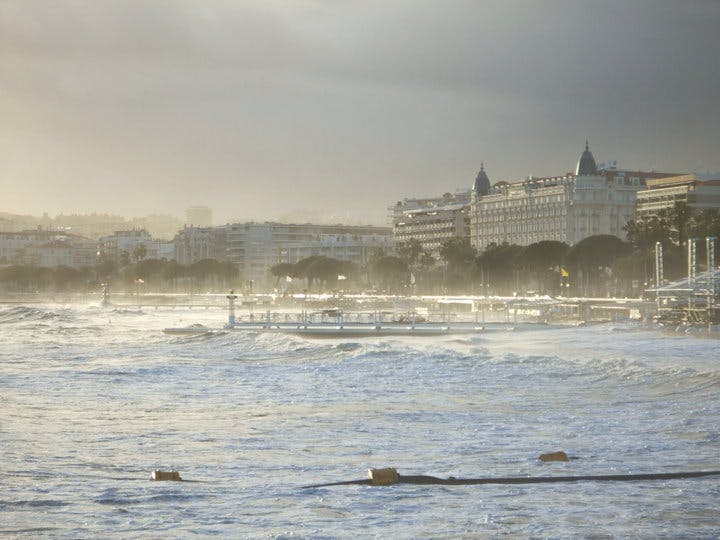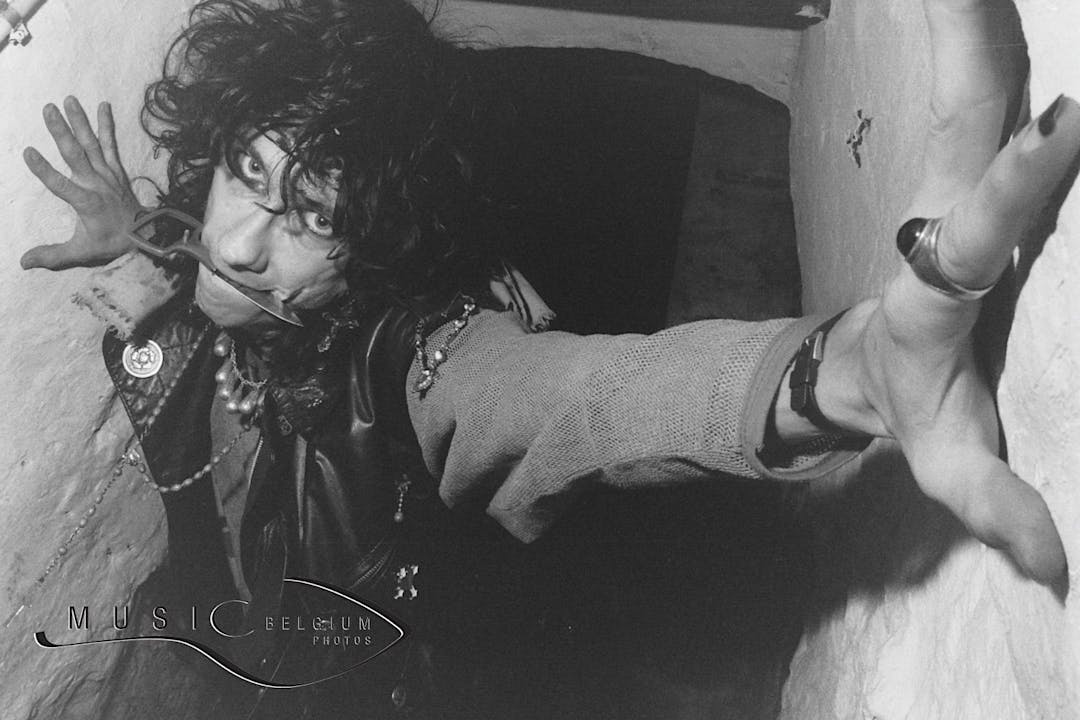
TAGTIK NEWS - TO THE POINT

Say goodbye to germs, fatigue, and stress by plunging your body into (very) cold water; the idea is chilling but tempting.
Cold Therapy, or Ice Therapy, involves immersing oneself in an ice bath for a few seconds or minutes for the more courageous.
The result? Our nervous system, thus stimulated, releases adrenaline, serotonin, and dopamine, a bit like during a parachute jump. These hormones help to eliminate stress, anxiety, and fatigue from our bodies. Cold but free! Furthermore, the long-term effects of the practice are said to improve intellectual performance and sleep, while reducing signs of aging. Already celebrated by many athletes, it also allows for better recovery by stimulating blood circulation.
Wim Hof was the first to publicly encourage the method, before climbing Mount Everest in… shorts and flip-flops. Resistant to the cold (he’s not nicknamed "The Iceman" for nothing) and capable of great physical feats, the athlete has become the best ambassador of cold therapy. However, he invented nothing, as others before him had tested and approved ice therapy, such as Tibetan monks, for instance.
So, how is it done? The session generally starts with a deep breathing exercise before taking the plunge: total immersion for one to two minutes in water at 4 degrees. A monthly session is recommended to boost effects. Don't know of a Cold Therapy centre near you? No worries, you can start with a cold shower in the morning. Set the water temperature to around twelve degrees and grit your teeth for two to five minutes. Easier to implement in summer!
(MH with Céline Massart - Photo: FreePik)
LATEST NEWS

Cannes Prepares for a Tsunami

Born on October 24: Bill Wyman, the Rolling Stones' discreet bassist for three decades

Jailed Georgian and Belarussian journalists win top EU rights prize

Born October 22: Stiv Bators (Lords of the New Church), prophet of chaos

Born on October 22: Jeff Goldblum, amateur jazz musician and Hollywood star

Born on October 21: Manfred Mann still lives on planet Earth Band
Quick links